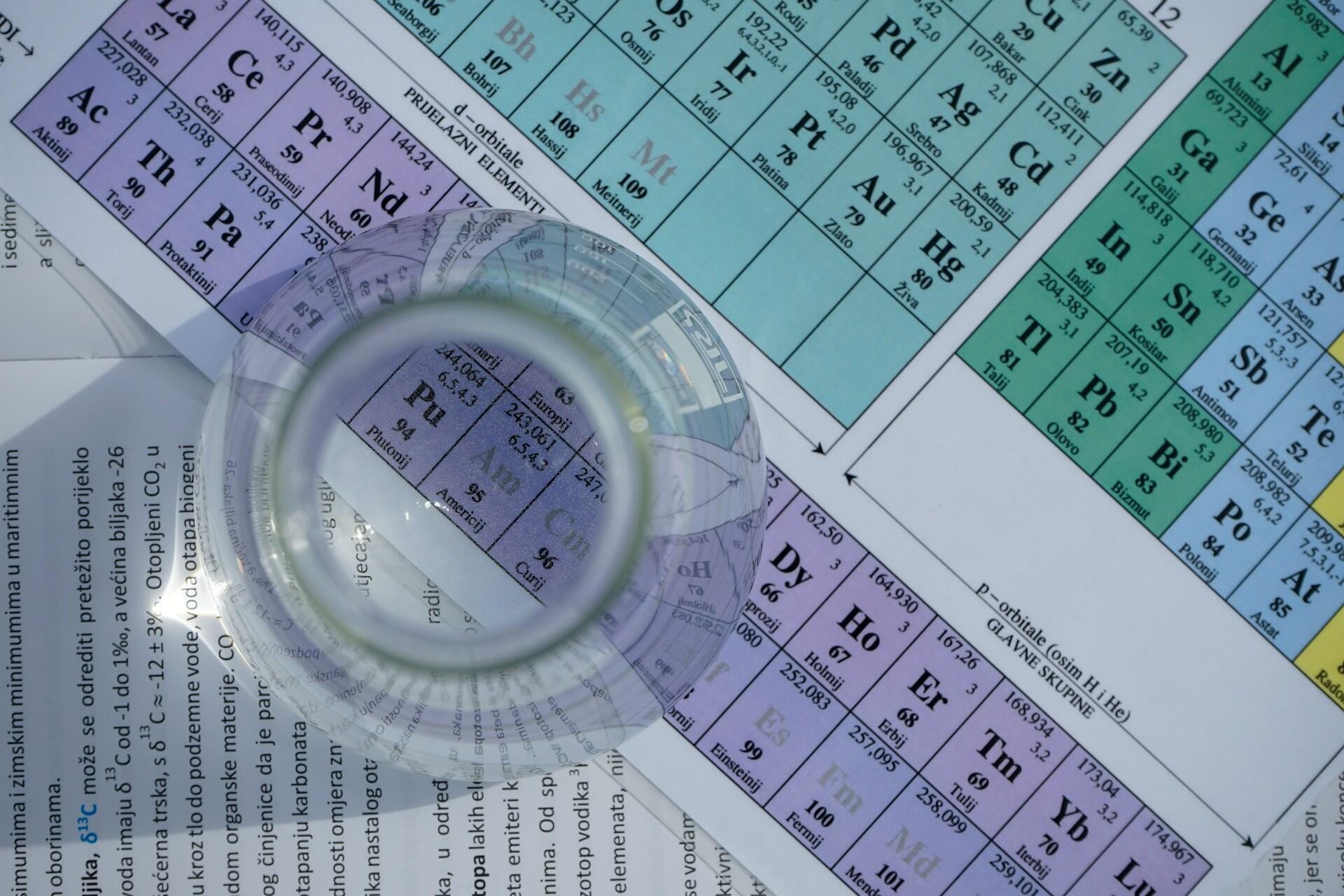The periodic table of elements - may sound like something that only chemists are interested in, but in fact behind this system there is a veritable treasure trove of knowledge about the building blocks of our world! From the simple atoms that make up air and water to the more complex elements that play a role in technologies and our daily lives, each element has its own story to tell.
In this quiz you have the opportunity to test your knowledge of the periodic table and find out how well you know the different elements. Whether you had to memorize the periodic table in school or are just curious, it's time to put your knowledge to the test!
Quiz
Quiz :
The Periodic Table of Elements: Building Blocks of Matter and Their Importance for Our Lives
The periodic table organizes more than 100 known elements according to their atomic number and chemical properties. It helps us understand the structure of matter and shows us the relationships and interaction of elements in nature. Each of these elements is a fundamental building block that shapes the world around us - be it oxygen, which allows us to breathe, or gold, which has been used for cultural and economic purposes for centuries.
The principle of periodicity states that the chemical properties of elements repeat regularly when arranged by atomic number. Elements in the same group have similar properties because they have the same number of electrons in the outer shell.
With the discovery of the principle of periodicity in 1869, Dmitri Mendeleyev laid the foundation for many scientific advances. Since then, the periodic table has been continually expanded as new elements are discovered or artificially created.
Each element has a unique symbol and atomic number – from “H” for hydrogen to “Og” for oganesson.
The Structure of the Periodic Table
The periodic table is more than just a table: it is a tool that helps us organize and understand the diversity of chemical elements. The elements are divided into periods (horizontal rows) and groups (vertical columns) according to their atomic number (the number of protons in the nucleus) and their chemical properties.
The different groups of the periodic table include:
- Alkaline metals (Group 1) – very reactive, do not occur in pure form in nature.
- Alkaline earth metals (Group 2) – less reactive than alkali metals, but still relatively reactive.
- Halogens (Group 17) – very reactive nonmetals that often form salts with metals.
- Noble gases (Group 18) – colorless and odorless, very stable, rarely react with other elements due to their full electron shell.
- Transition Metals (Groups 3-12) – Metals with many practical applications, often acting as catalysts.
- Lanthanoids (14th period series) – often referred to as rare earths, play a role in electronics and catalysis.
- Actinides (15th period series) – the series also contains radioactive elements such as uranium and plutonium.
These groupings make the periodic table a powerful tool for chemists and researchers worldwide, as they enable predictions about how elements react.
The Benefits of the Periodic Table in Everyday Life
The periodic table is important not only for chemists, but also for technological and industrial development. Many of the materials that shape our everyday lives - from electronics to medicine - are based on elements and their unique properties.
For example, most metals used in industry are composed of elements such as iron (Fe) or copper (Cu), whose chemical properties are important in the production of alloys and electronics. But important elements can also be found in the environment: carbon (C) in the air, hydrogen (H) in water and oxygen (O) in our atmosphere are all components of life.
The discovery of new elements has also paved the way for the development of advanced technologies. Semiconductors like silicon (Si), found in almost every computer and smartphone, and the synthetic elements used to develop nuclear technologies would be difficult to imagine without the periodic table.
The Periodic Table as a Key to the World of Chemistry
The periodic table is much more than a simple table - it is a complex yet accessible system that helps us understand the structure of matter. From basic atoms to the latest synthetic elements, it is a map that shows us how everything around us is constructed. Those who master the periodic table can see the world from a completely new perspective and discover how the many elements in nature and technology are connected.
And the periodic table continues to be a lively field of research: new elements are being discovered, knowledge of chemical properties is deepening and applications for science and technology are constantly growing. There is still a lot to learn and discover.
Have fun with the quiz and good luck – maybe you will become the next elementary genius!
















